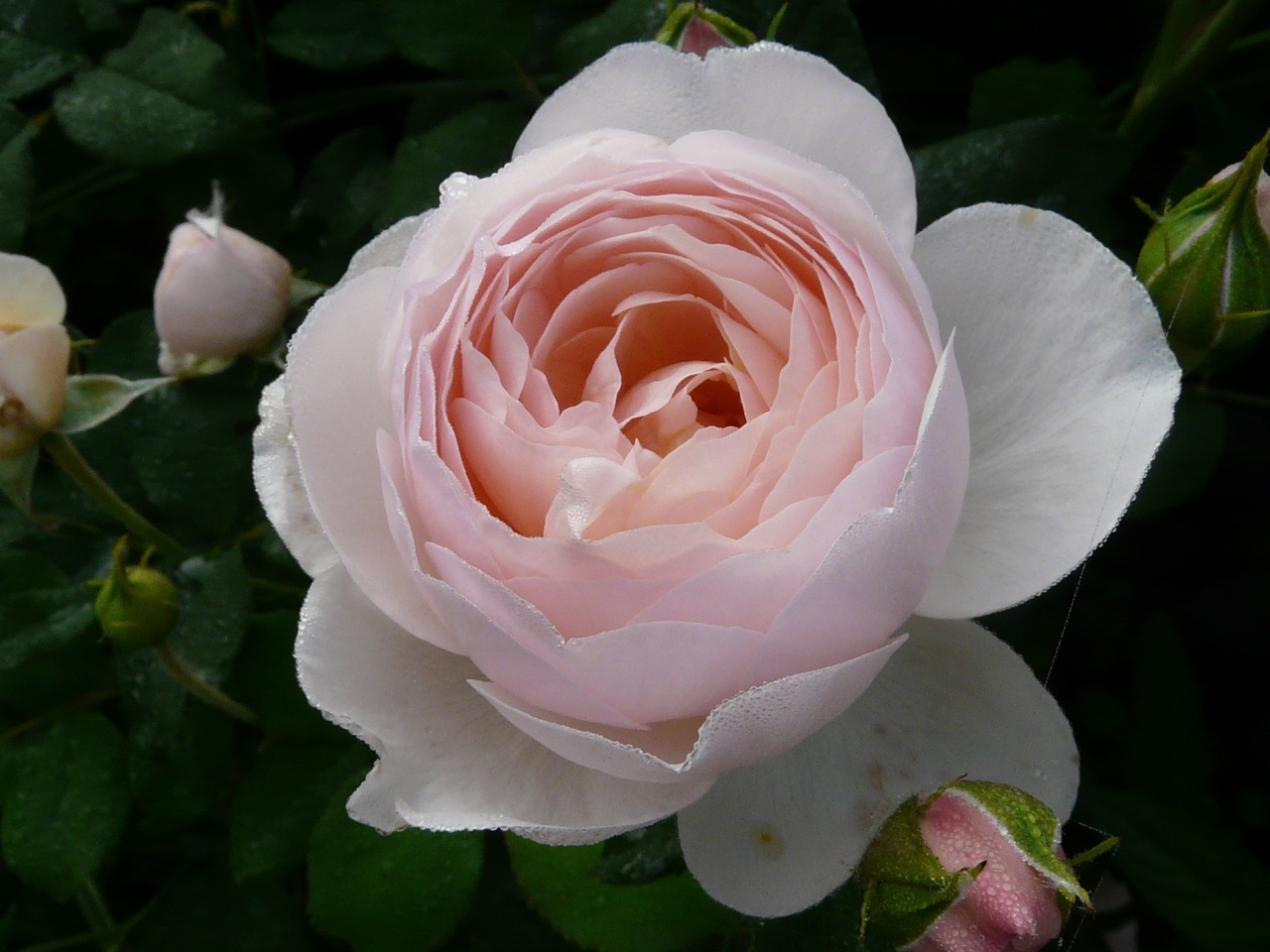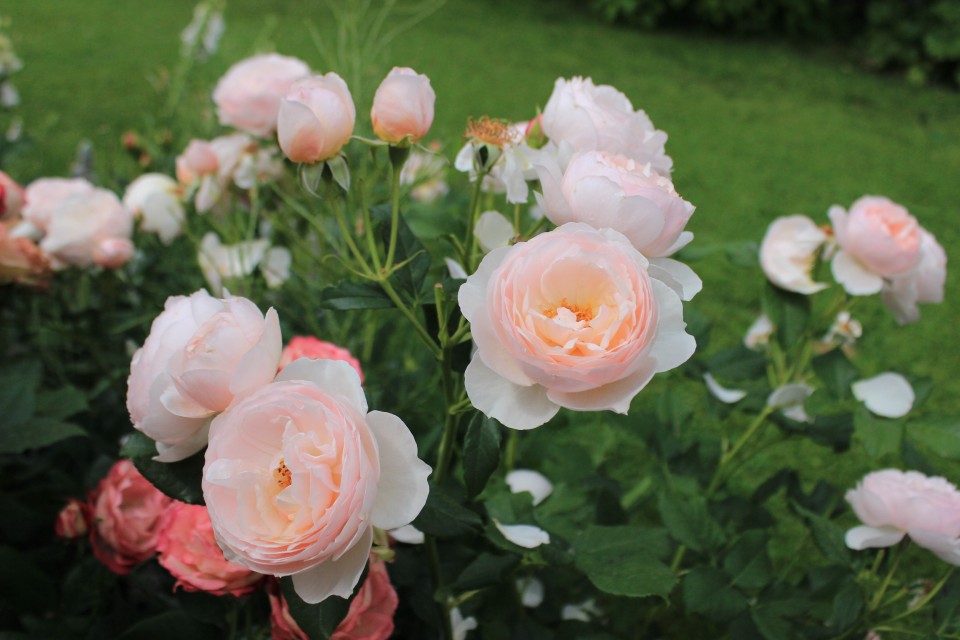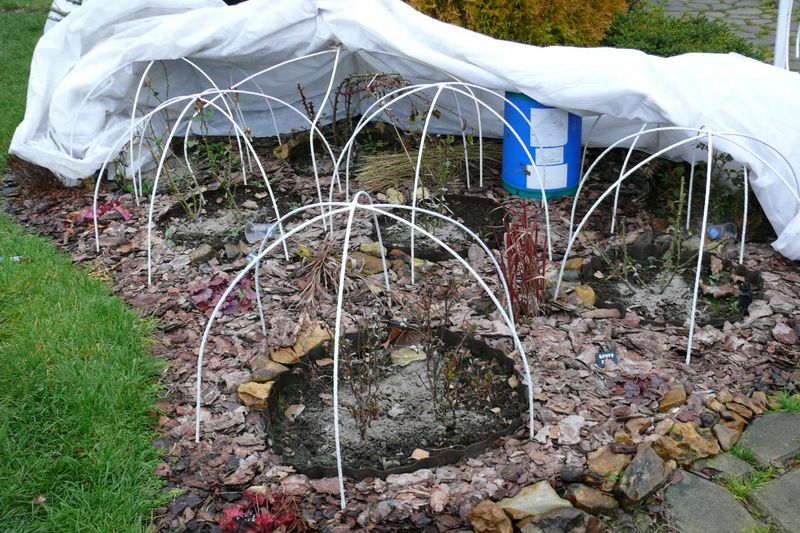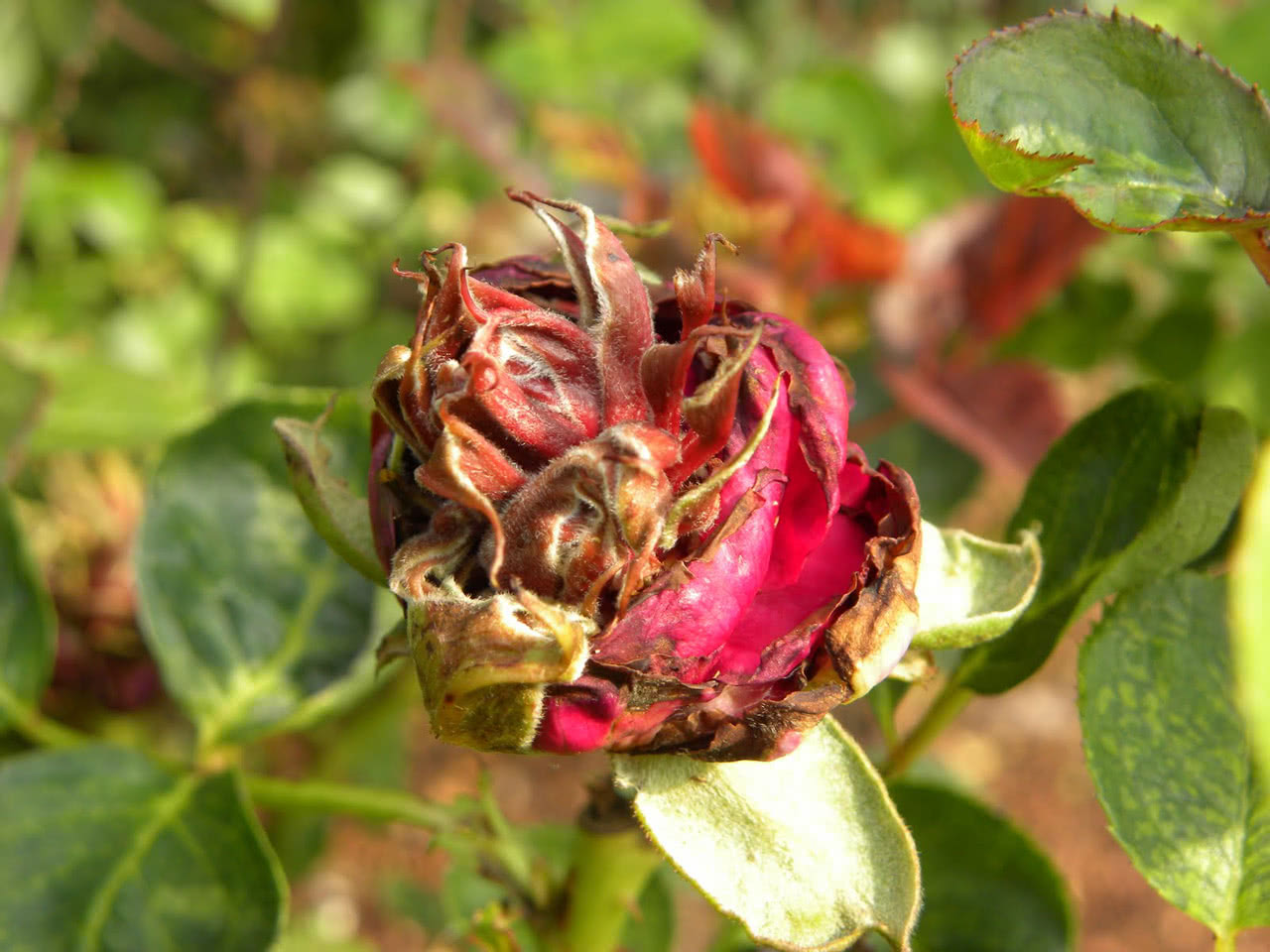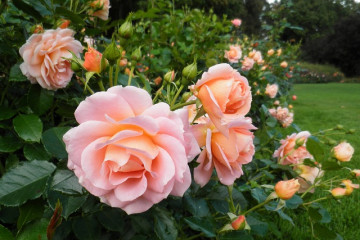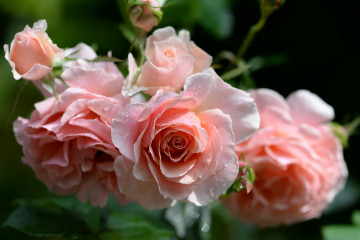Rose Heritage - features of the musk variety
Content:
Truly refined and beautiful buds of English Heritage roses have rightfully earned the recognition of many gardeners, and for several decades they have been pleasing the eye on different continents.
Rose Heritage - creation story
Rose Heritage, also known under the names "English Heritage", "AUSblush", "Roberta", was bred by D. Austin in 1984.
It is distinguished by abundant flowering, resistance to temperatures and pests, as well as an incomparable delicate aroma with notes of fruit, honey and myrrh.
Large, up to 11 cm, dense, pale pink flowers, consisting of about 70 petals, have a cup-shaped shape. The bushes themselves are quite dense and compact, capable of reaching a height of 1.5 meters and a width of more than a meter. The leaves are dark green, rather large, but do not make the silhouette of the bush heavier.
Young shoots are constantly growing from the base, maintaining the shape and size of the bush. The bends of the shoots, classic for this variety, are manifested due to the weight of the buds, which are able to bloom not only at the top, but also at the bottom of the bush.
The main benefits include the following:
- abundant, multiple flowering per season;
- shade resistance, moisture resistance;
- strong delicate aroma;
- even distribution of flowers in the bush;
- sufficient unpretentiousness.
In landscape design, the Heritage rose can be used both as the center of the composition, planting single bushes, and as a flower garden decoration, planting in groups of three bushes. Due to the presence of climbing species, this variety can also be located near fences, arbors and fences.
Growing a flower in the open field
For planting, it is optimal to choose seedlings - they can be purchased both in nurseries and from breeders, or prepared independently. Depending on the planned landing site, it is necessary to choose the most optimal varieties - undersized or weaving, classic or tall.
The choice of a landing site must meet several requirements:
- sufficient illumination with partial shade is required;
- the place should not be in a draft and strongly blown through;
- Do not plant Heritage roses in lowlands and places of stagnant water.
Planting can be carried out both in spring from mid-April to mid-May, and in autumn, from early September to mid-October, in a previously deeply dug ground. Roses of this variety prefer neutral soils, with a slight deviation to the acidic or alkaline side.
Loamy or light clay soils are optimal, but other types of soils can be prepared for planting: sand, compost or humus are added to heavy soils, and soddy soil and organic fertilizers are added to sandy soils.
Landing procedure
When planting in autumn or transplanting, all leaves are removed from the seedling and the shoots are shortened to 8 buds, this is not required in spring.
- A talker is prepared from water, clay and manure in a ratio of 10: 3: 3, to which a growth stimulator is added.
- The planting hole should be about 40 by 40 cm in size, with a depth proportional to the size of the root system - from 30 to 50 cm.
- It is necessary to add garden soil, sand, clay, peat and humus to the pit in a ratio of 2: 1: 1: 1: 1, with the addition of superphosphate, bone and dolomite flour, and then spill the depression with the contents of water.
- While the water is absorbed, the roots are dipped in a clay mash.
- The seedling is installed in a pit with straightened roots, the border of the stock should be at least 7 cm below ground level.
- The roots are covered with earth with its compaction, in order to avoid the appearance of voids.
- The planted bush is spilled with water, and then, after it has been absorbed, it is spud up to a height of about 10 cm.
Plant care
Depending on the type of Heritaj roses, a different amount of watering is provided: 5 liters are enough for ordinary varieties, and 15. The plant does not like excessive moisture, but drought is also destructive for it, therefore watering is carried out as the soil dries up, on average every 5-7 days, in the evenings, in the root zone. It is necessary to stop watering by the end of August, but if the summer was full of rains, then at the end of July.
It is necessary to feed roses several times a season: in the spring, before the start of active flowering, it is necessary to apply nitrogenous fertilizers. During the flowering period, organic and complex fertilizers are optimal, and before leaving in the winter, potash and phosphorus fertilizers are added to the soil.
Good results are obtained by feeding with bird droppings or mullein in the form of infusions on water in a ratio of 1:20 and 1:10, respectively.
One of the beneficial rules of care is to mulch the soil with peat, with a layer of about 8 cm.
Pruning and wintering
Rose Heritage needs constant pruning. So, young bushes, after they get stronger, thin out, leaving only 3-4 of the most powerful shoots. To increase the size of future flowers, the shoots are shortened exactly in half, and to increase the number of flowers - by a third.
However, this does not apply to climbing species - they are shortened by no more than a fifth.
For the winter, the bushes begin to be prepared at the end of October - they are carefully spudded with sand. At the first frost, leaves and buds are removed from the roses, the stems are bent to the ground, and then they provide an aboveground roof that does not come into contact with plants: a greenhouse film or non-woven material is installed on the frame.
Blooming rose
The English beauty blooms from June to October in several main waves, but visually it can look like a continuous flowering over the entire surface of the bush.
Special care during this period is not required - it is only important to remove faded buds in a timely manner and apply top dressing to the soil.
This bush may not bloom for several main reasons: it is either an excess of moisture, or a lack of it, which is solved by changing the watering, or an incorrectly chosen place for planting, which is decided, respectively, by replanting the bush.
Flower propagation
Roses are characterized by propagation by cuttings, which occurs after the buds have faded during the entire flowering period. An important criterion is ripe kidneys: dense, not dry and not small formations fit this description.
Almost all of the leaves are removed, the lower cut is treated with a root growth stimulator and the cutting is placed in a container with a moist substrate.This structure is covered with a film or glass, avoiding contact with the shoot, and then it remains to expect rooting, which occurs after about a month at a temperature of 18 to 22 degrees.
Diseases and pests
Standard roses, to which Heritage belongs, despite their sufficient resistance, very quickly pick up various diseases.
The main threats are powdery mildew, black spot, gray mold, rust, and viral mosaic. Removal of infected areas with subsequent destruction and treatment of plants with special solutions will help to cope with such diseases.
It is possible to prevent the appearance of diseases if the bushes are sufficiently sparse, and also do not exceed the permissible soil and air humidity.
Despite the seeming difficulties in care, Heritage roses are a real gem of any garden, striking in their beauty and extraterrestrial scent. If you carefully follow the instructions for growing, then difficulties will not arise even for novice gardeners.
